Why SOS 1.5 will succeed?
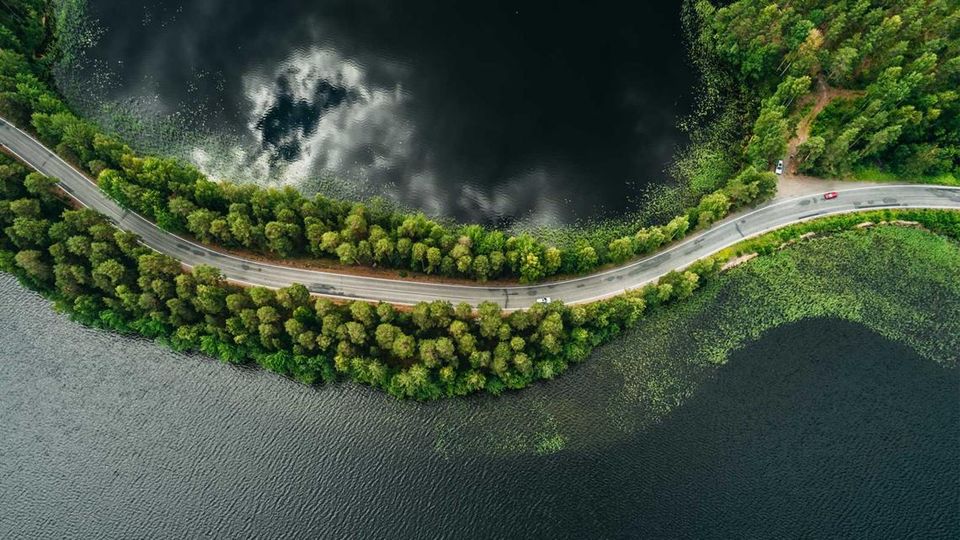
There is no doubt about the devastating impact global warming will have on society. NGOs such as WBCSD have set a goal to curb warming to 1.5 degrees Celsius, among other goals.
This requires a massive effort from government, companies, and individuals. Setting key metrics is a good start, and measuring them, especially for companies, is next. True value provides the right incentive.
A massive effort, and yet it feels too little and too late.
A MIT scientist, Tony Seba, studies technological disruption for decades. Seba argues that the current approach to addressing climate change is both too slow and too limited. He believes that more radical, rapid and disruptive changes are needed in order to have any meaningful impact on climate change.
"It's the economy, stupid!" -Clinton
The argument he makes is that disruptions only occur if the economics are clearly better than the existing solution. True Value is obvious, yet it feels forced, a narrative that has been invented. Subsidies, on the other hand, are also forcing certain behaviors that may generate problems.
As soon as the new technology becomes significantly cheaper than the current solution, everyone switches in behavior.
Three examples are mentioned in his studies:
- Electric vehicles and autonomous driving
- Solar panels, wind energy and batteries
- Precision fermentation
Batteries
If you follow the reasoning of Elon Musk and Seba, it is all about making this planet sustainable. Fossil fuel is dirty, low efficiency (2/3 wasted) and finite. By all means a stupid solution.
It turns out we have a perfect working fushion reactor, our sun. We only need 0.5% surface of our earth to capture all of human energy needs. In 2009 during the World Future Energy Summit in Abu Dhabi I learned that solar panels and wind energy mills are on exponential decreasing cost curve and parity with energy from coal could be reached around 2020, as it did. (source IEA)
"I don’t care what your opinion is, cost curves are like gravity" -Seba
The problem with solar and wind is that it is abundant but not constant. If you do not solve this, the need for constant energy sources like coal stays. The battery is the missing link!
Around 2010 there was barely any demand for huge battery packs. To create this demand Musk figured out that EV's could be the means. With the Tesla Model Y being in many regions to be the best selling car (ICE and BEV) the demand is now there.
With demand the cost curve will kick in and now we are on a predictable trajectory. With the lower battery price it now becomes viable to offer solutions to energy grids.
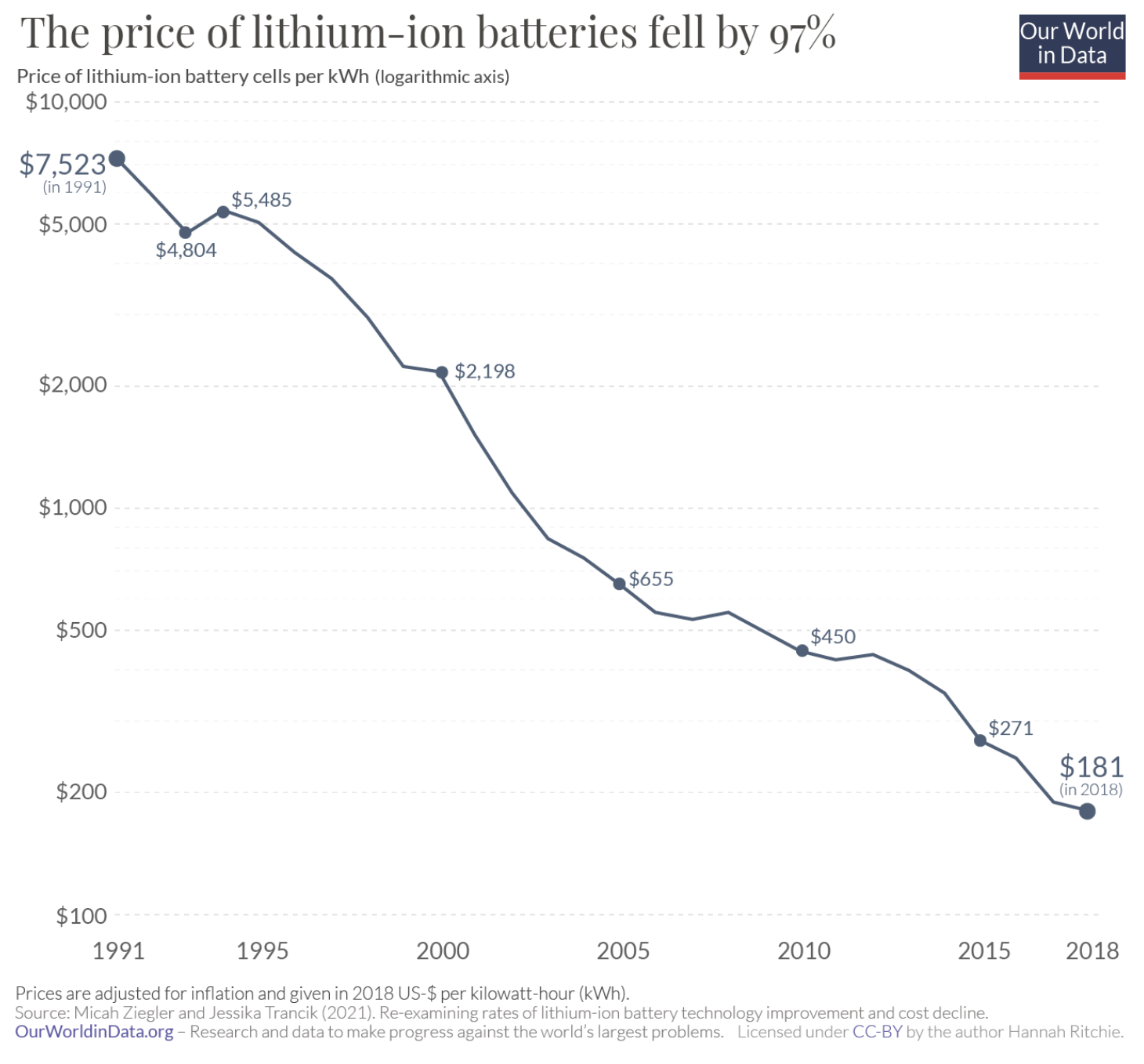
Tesla as incumbent, single handidly showed that EV's are the future and this was recognised in the European statement that no new ICE cars can be sold after 2035.
A side note: as government are aiming for compromises to get at least something done, they tend not to nail to solution to the problem on its head. The transition from ICE to EV's is important, but the true aim is to have EV's driving autonomous. Cars are economically and environmentally a true waste. Besides obvious reasons, the most devastating is that an owned car is in use for only 4% of the time. It is very well possible that autonomous cars will be used 40% of the time (10x). Only manufacturers that can deliver autonomous EV's will succeed. The European push for only EV's after 2035, while negelecting the need for autonomous can make European car manufacturers lose significant market share.
Precision fermentation
The main source of cow milk is protein. It turns out that this is in 3% of the milk, the rest is mainly water. In about two years (2024 or 2025) the cost of producting protein will be cheaper than cows, and on a diminishing cost curve so it will get much cheaper.
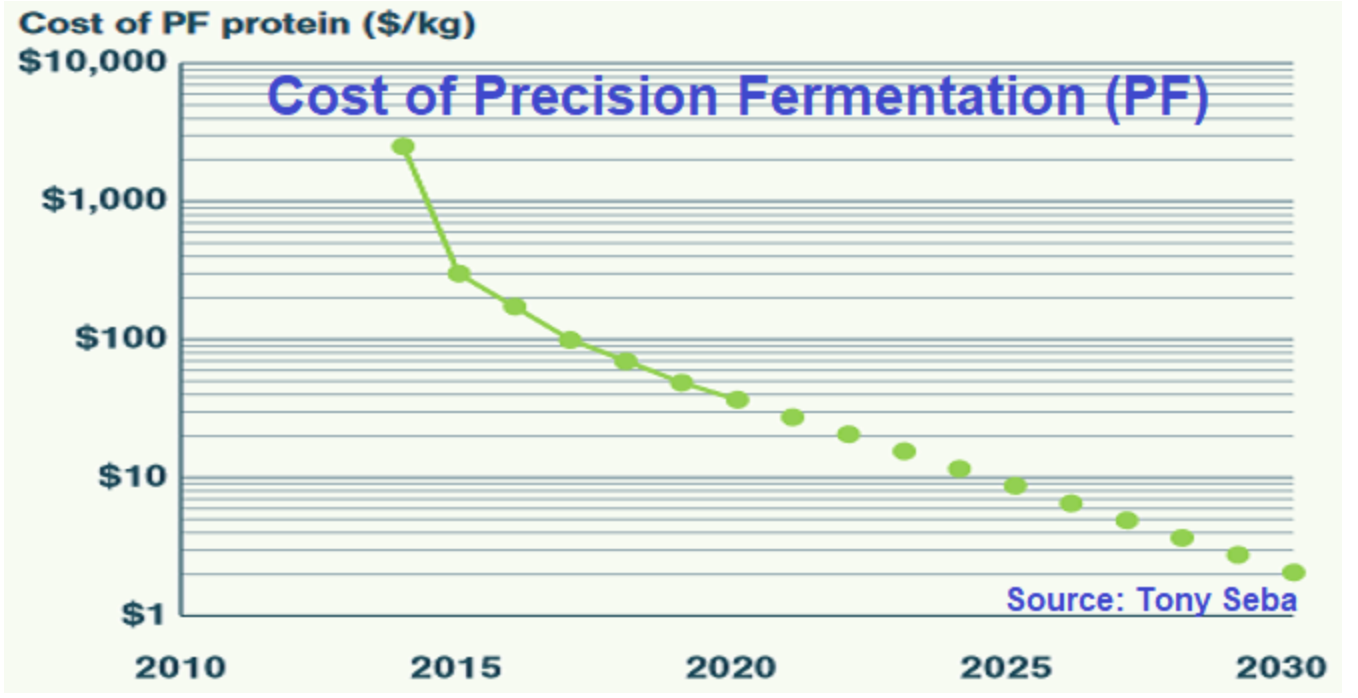
The predictable cost curve of precision fermentation will drive to industry away from cows. The demand will simply collapse because there is a cheaper solution. Farmers will lose the market and have to reduce the number of cows.
This is all without the pressure of governments and the discussion around nitrogen reduction. The latter is hard to swallow for farmers as it feels like a made up story. A collapsing market is just that and will reduce the number of cows significantly and fast.
The consequence of disruptive technology
If massive change to save our environment (SOS 1.5) is realised by cost curve innovations, we have to understand how to deal with it.
The motivation of disruptors
It is essential that the general narrative be consequential and long lasting. In 1999 Jeremey Rifkins wrote Beyond Beef, and the data was pointing in the right direction. The Club of Rome made clear that we are at or have passed peak oil.
In order to become the incumbent, it requires a new generation of entrepreneurs free from the constraints of the establishment. The existing industries won't be able to do it, and it shouldn't be expected.
Make room for incumbents
However current industries are powerful and tend not to give up easily to incumbents. Governments will be inclined to protect them as well. This is a huge problem. Incumbents need to be recognised and given room to grow.
This is where WBCSD and other organizations can play a role. They can collect solutions, investigate data, and form a vision of viable solutions that will disrupt the status quo. With this vision, governments and companies can be informed and inspired to give away to incumbents with this vision.
Taking care of negative consequences
There is a need for current industries to recognise incumbents' power and the solutions they realise for humanity. However, this will mean huge investments, layoffs, and massive changes in society.
The WBCSD and similar organizations can play an important role. Scenario's should be developed to understand the consequences of successful incumbents.
Remember they are forced by European law to switch to EVs. This will be very costly and a hige write off of current production facilities. If they can not hold on to their market share, this will lead to bankruptcy, massive layoffs and societal changes. We need to prepare for scenario's, like inspire them to move into battery production for cars and utility.
Conclusion
The disruption of current technologies can only happen when there is an economic advantage over them, and when they can be implemented on a large scale. Current industries cannot do this due to their vested interest in maintaining the framework as it is.
A general approach would be to acknowledge this and let the incumbent do whatever they want. The work lies in understanding and dealing with the negative consequences of the disruption.

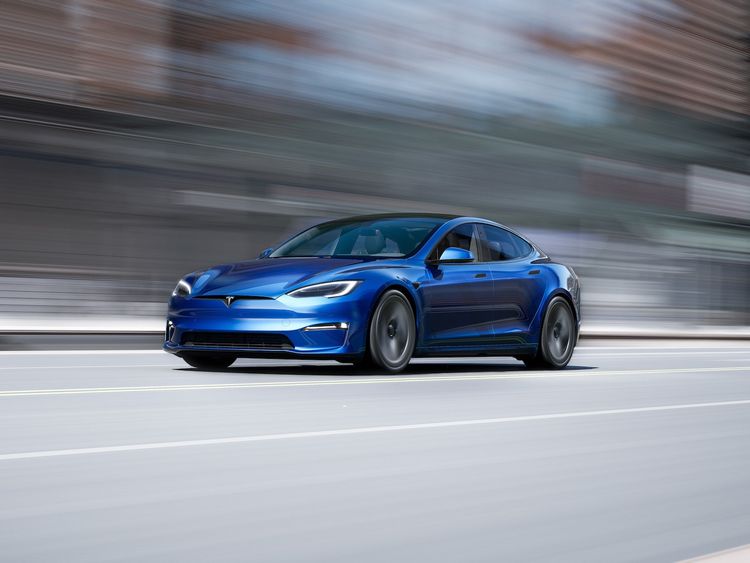
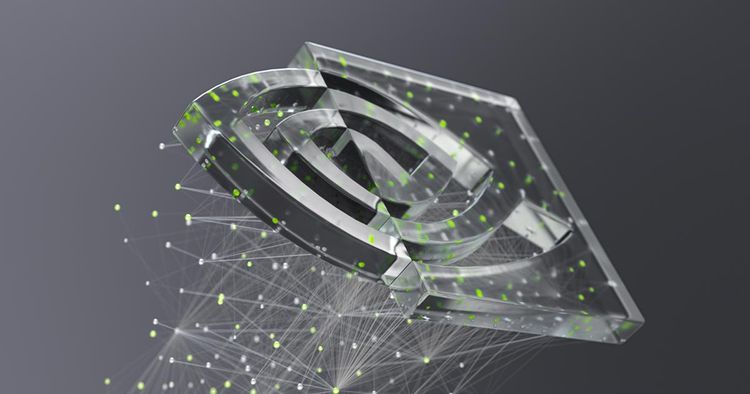
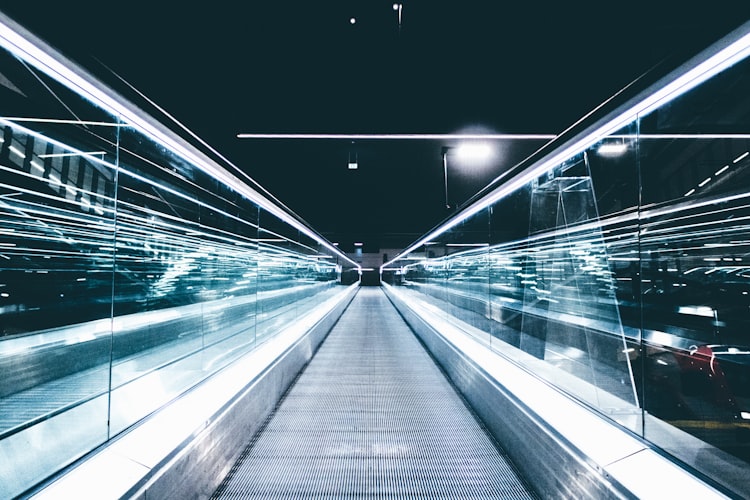

Member discussion